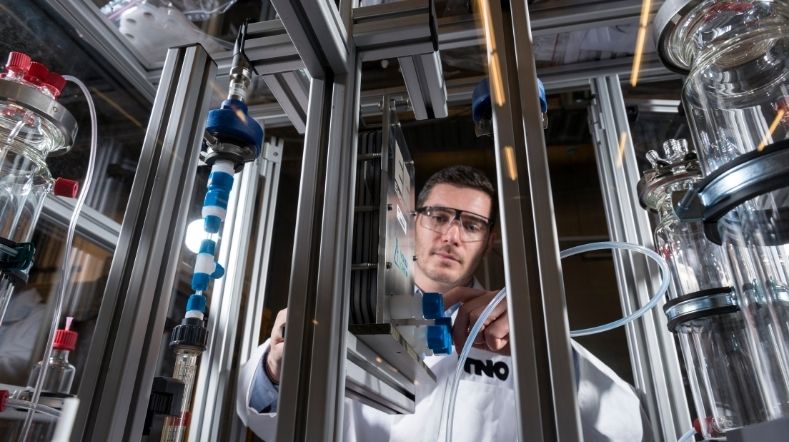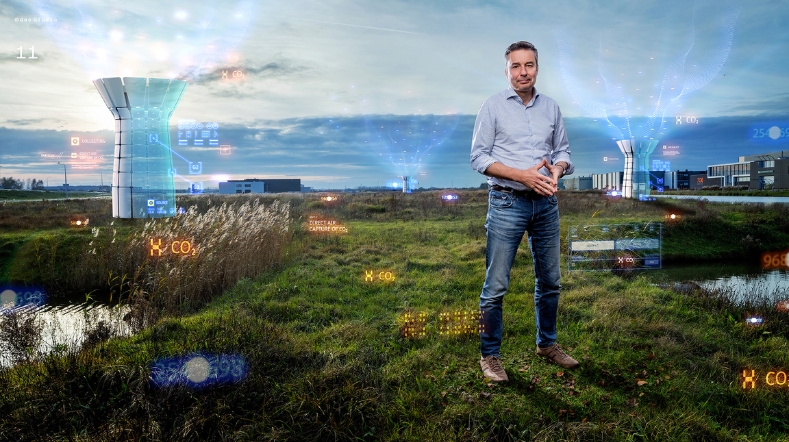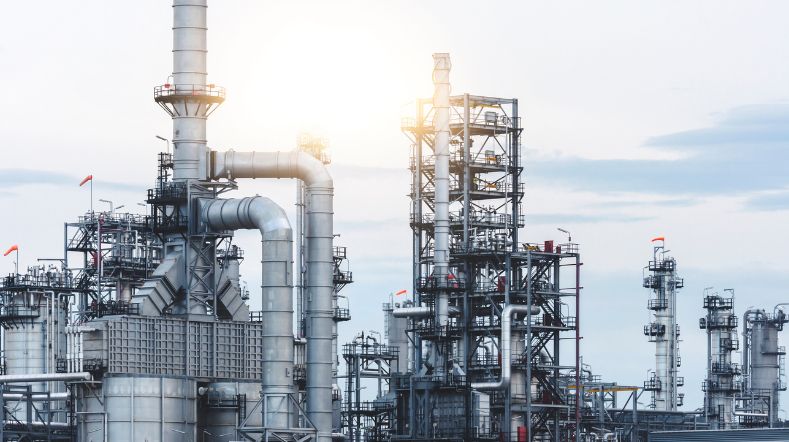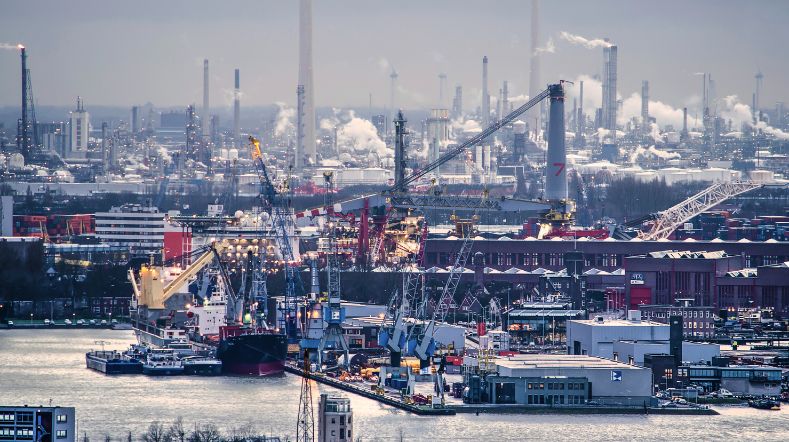
Forming new value chains for a circular economy
The transition from fossil to sustainable raw materials affects the entire chain from the chemical industry, suppliers, waste sector to end users. No party can afford to sit idle or seek the best solutions only for itself. The entire chain must move from linear to circular, and preferably at far greater speed. The sooner companies start doing this, the better the objectives for a sustainable industry can be achieved.
Circularity, technology, behaviour and new business models
‘And that's perfectly possible’, says Esther, who works at TNO on circular plastics and recycling. ‘A condition is that the large chemical companies start to cooperate with parties which have been, until now, off their radar, but are needed in order to take the necessary large, innovative steps. As TNO, we offer these companies a helping hand in the form of TNO Green Prints, which are clearly defined solutions to accelerate sustainability alongside your value chain partners. Because this is where technology, behaviour, circularity and new business models come together. These are all subjects that we specialise in and which we address together, in order to offer transition guidance.’
To this end, we also develop system models to sketch future scenarios, such as our Plastics Recycling Impact Scenario model. Using this model, TNO has demonstrated that, in an ideal scenario, the Netherlands could be 87% circular by 2050.
"In an ideal scenario, the Netherlands could be 87% circular by 2050."
Indefinite reuse
According to Esther, the realisation that solo performance is outdated has recently begun to dawn, and that it’s time for a completely new approach. Many parties will have to get used to this, but it also offers a bright future for their own company, the region and society as a whole. Despite how difficult the road to circularity and reduced CO2 emissions may seem, it also offers new opportunities on many fronts. Ultimately, it is about closing the chain for frequently used materials, such as plastics, and therefore minimising our use of and dependence on oil. In other words: indefinite reuse.
Collaboration within the chains
‘This is why sectors that were not previously aware of one another, should now join forces. After all, plastics are found in almost everything. This relates to food producers and their packaging, the car industry and their suppliers, construction, electronics and so on. The aim is not only to replace fossil raw materials with sustainable ones, but also to ensure that what they produce is recyclable into new high-quality products. That is where the sorters and waste processors come into play. As I said: any chance of success relies on full collaboration within chains and across sectors', says Esther. Naturally, the reuse of plastics must also be encouraged.
Many questions remain unanswered
She is the first to admit that this is a highly complex issue, requiring many different solutions. Major changes to the entire ecosystem lie ahead. This means a new approach in policy and regulations, behavioural changes by manufacturers and consumers, redesigning products and reorganising logistics processes.
‘Everything is interlinked, and many questions remain unanswered. How are we going to organise recycling in a future-proof way? Regionally or centrally? For which product streams? What will the revenue model look like for the various parties involved? And how do we approach the collection, sorting, separation and reuse of waste? How do we ensure minimum losses in the chain? Developing amazing technologies alone is not enough.’
"How are we going to organise recycling in a future-proof way?"
New recycling technologies
TNO studies the entire chain and how it can be best organised. We examine the effects of processes and products on the environment in combination with their social and economic impact. We then determine what steps are needed. TNO is also developing technologies for the chemical recycling of plastics, as well as processes for a more sustainable design of materials, to improve circularity faster. These new technologies are complementary to current mechanical recycling technologies.
The number of types of plastics must also be drastically reduced to make sorting and recycling easier further down the chain. The remaining types must also be designed in such a way that they are demonstrably recyclable into high-quality new products. And for today's generations, new technologies must ensure that many more materials can be recovered from products than is currently the case.
'We are already quite advanced with new recycling technologies, such as thermal cracking by applying the Milena-Olga method that we developed together with partners. This enables us to efficiently recycle plastics which cannot otherwise be recycled by existing means. This technology destroys the plastics and reduces them to their building blocks, from which we can make new plastics. Within a few years, we want to be able to apply this method at a demo scale in our country, after which we intend to upscale it to an industrial level. That way, we could eliminate 250 kilotons of naphtha from oil by 2030, and 750 kilotons by 2040.’
Microplastics
This brings Esther to a topical issue: microplastics. These are in the news a lot, but little is still known about where exactly they come from, how they originate and what risks they pose to people and nature. The focus here is mainly on packaging, tyres and textiles. Esther explains: 'Through research, we want to accurately characterise the microplastics in order to identify the risks and avoid their creation. Ultimately, we want to have a society that is one hundred per cent circular.’
International collaboration
In its research into circularity and recycling, TNO works together with renowned industrial and knowledge partners at home and abroad. A recent example is the European project SYSCHEMIQ, together with Brightlands Chemelot Campus, SABIC, Maastricht University and about twenty other partners, the purpose of which is to accelerate the system transition to a circular economy in the region.
Do you want to know how TNO can help you to find your Green Print? Contact Esther.
TNO Green Print
TNO launches The Green Print: A blueprint for a radical greening of your value chain in the industry sector. Customized: From calculation models that lead to new government policy to a specific CO2 capture solution for a chemical company. All available knowledge, experience and innovations are processed in a TNO Green Print into a specific solution. In this way you can contribute to the acceleration of a clean industry in 2050.
Get inspired
Scaling-up electrochemical technologies for renewable ethylene production


CO2 infrastructure and transport


Carbyon: the TNO spin-off innovating in CO2 filtration technology


TNO’s next generation biorefinery accelerates material transition


Port of Rotterdam as a key European hub for sustainable carbon











